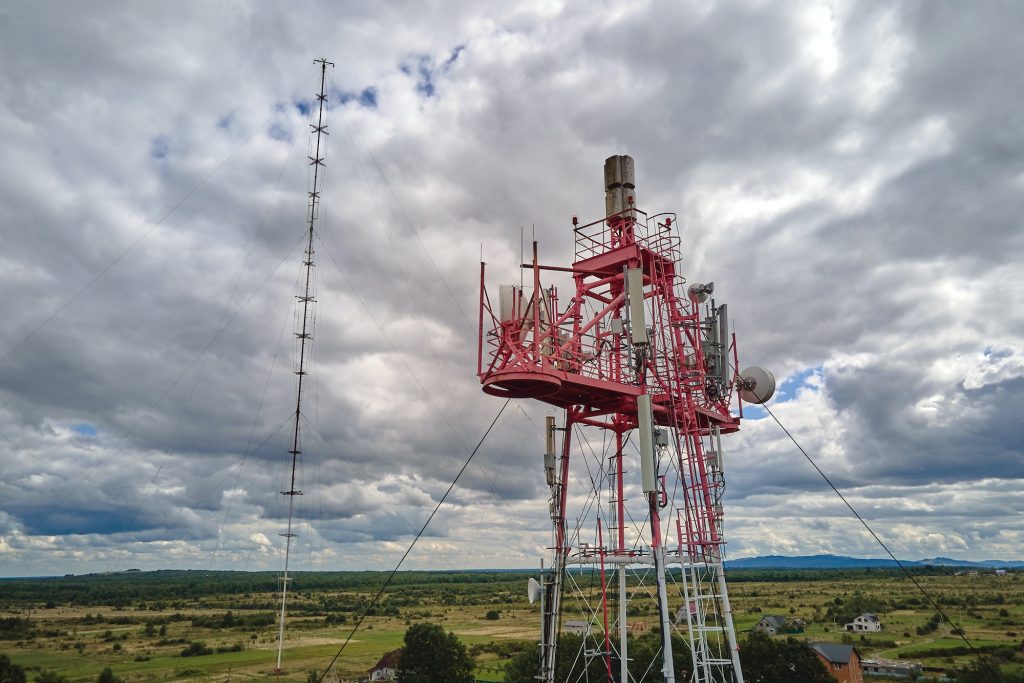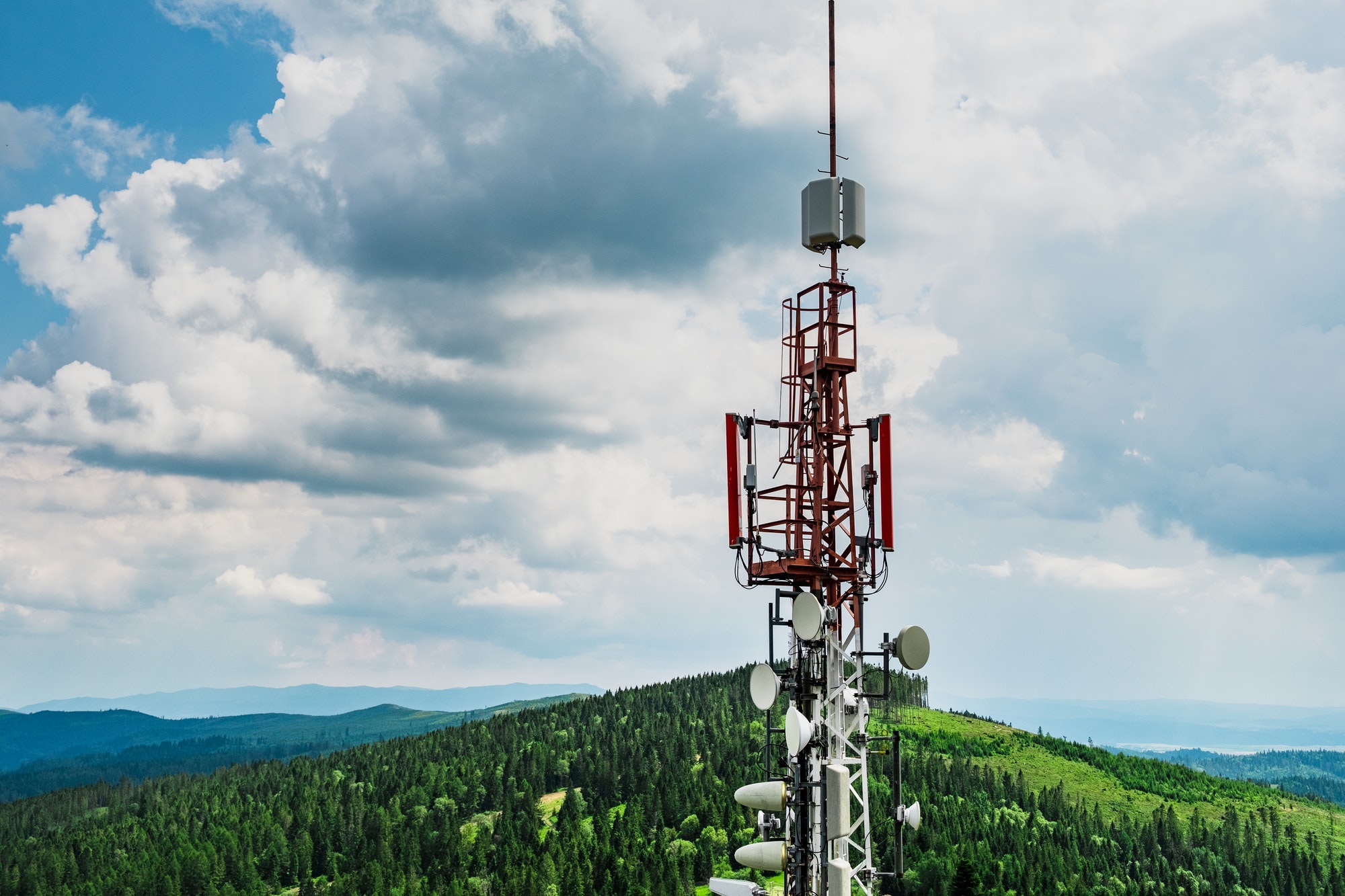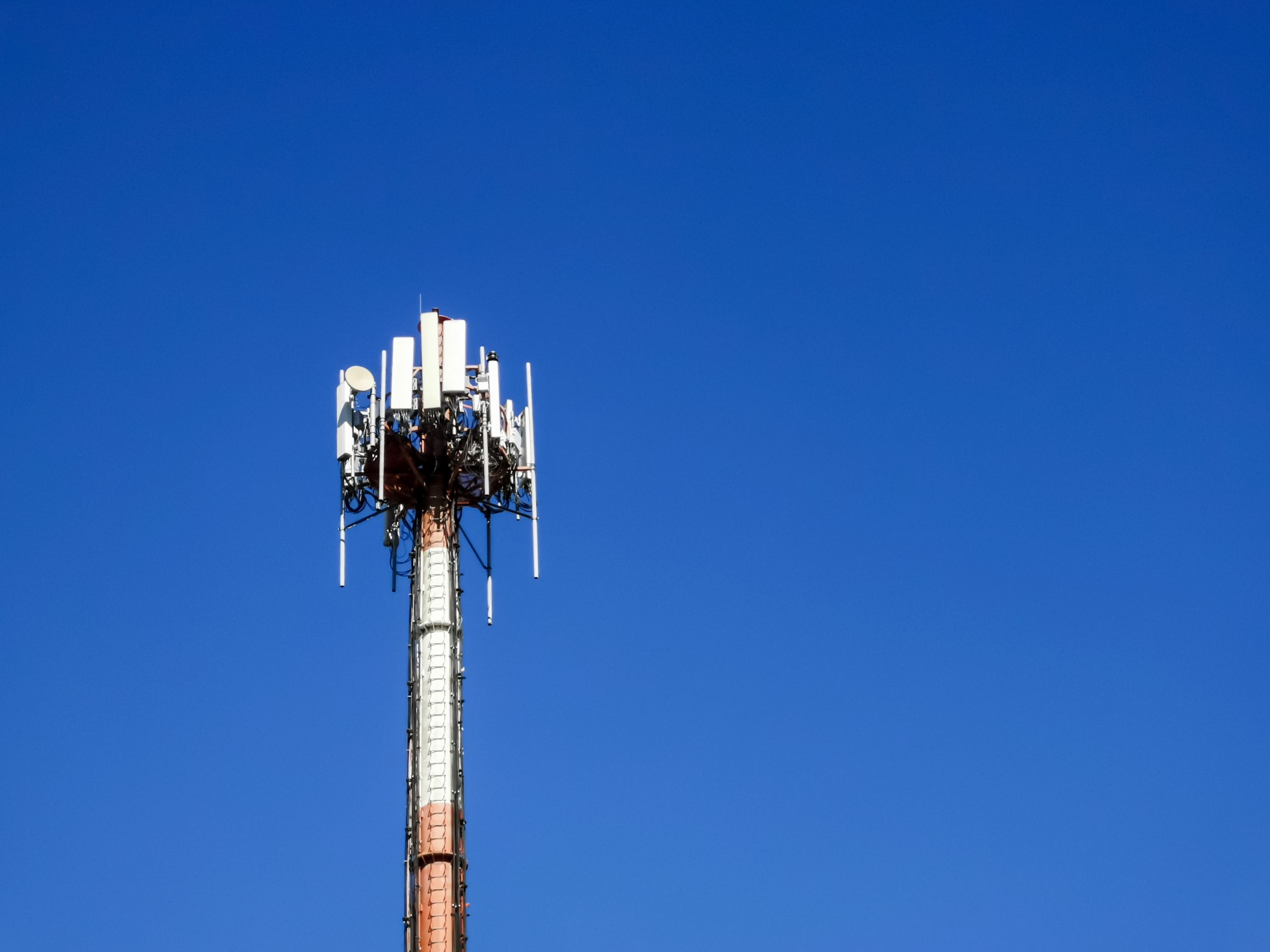Whenever you sell an investment property or cell tower easement and you have a gain, you will likely need to pay tax on the gain at the time of sale. However, a 1031 exchange provides an exception allowing you to postpone capital gains tax if you reinvest the proceeds in a like-kind exchange.
When selling a cell tower easement, a like-kind exchange doesn’t mean you need to purchase another Cell Tower or Easement. Subject to acceptance by the IRS, when you 1031 exchange Cell Tower Easements, you can exchange it for “like-kind property exclusively or it can include like-kind property along with cash, liabilities and property that are not like-kind.” Like-Kind refers to the nature or character of the property, rather than its grade or quality. So, if you have a commercial building with a cell tower and sell a perpetual easement, you could essentially 1031 exchange the proceeds into another commercial building or vacant piece of land of equal or greater value.
This can be a substantial way to increase equity and monthly cash flow value by converting your low escalating cell tower lease into a higher performing and more stable real estate asset.

If you currently have a cell tower on your property and are receiving income, you can sell your lease rights for a large lump sum payment by creating an easement. To maximize tax savings, generally, the easement needs to be perpetual in nature in order to be considered an interest in real estate for state law purposes.
Publication 544 (2021), Sales and Other Dispositions of Assets
If you transfer a perpetual easement for consideration and do not keep any beneficial interest in the part of the property affected by the easement, the transaction will be treated as a sale of property.
Contents
Qualifying to 1031 exchange cell tower easements
Owners of investment and business property may qualify for a Section 1031 deferral. Individuals, C corporations, S corporations, partnerships (general or limited), limited liability companies, trusts and any other taxpaying entity may set up an exchange of business or investment properties for business or investment properties under Section 1031.
Wireless cell tower leases can be sold either as an assignment of the lease or as the sale of an easement. Although Assigning the lease is part of the easement transaction, the assignment of a lease individually will not qualify for a 1031 exchange. However, an easement is considered a transfer of an interest in real property under most state laws and if an easement is perpetual, it can be considered a fee interest in real property and therefore qualifies under the “like-kind” exchange rules.
Like-kind examples:
- Unimproved for improved property,
- Fee for a leasehold with 30+ years to run,
- Commercial building for vacant land,
- Duplex for a commercial property,
- Single-family rental for an apartment building, and
- Industrial property for a rental resort property.
Although it is important to look to the treatment of easements under the applicable state laws, in most cases an easement is considered like-kind to any other real property held for productive use in a trade or business or for investment.
Types of 1031 Exchanges
To accomplish a Section 1031 exchange, there must be an exchange of properties. The simplest type of Section 1031 exchange is a simultaneous swap of one property for another.
Deferred exchanges
Deferred exchanges are more complex but allow flexibility. They allow you to dispose of property and subsequently acquire one or more other like-kind replacement properties. To qualify as a Section 1031 exchange, a deferred exchange must be distinguished from the case of a taxpayer simply selling one property and using the proceeds to purchase another property (which is a taxable transaction). Rather, in a deferred exchange, the disposition of the relinquished property and acquisition of the replacement property must be mutually dependent parts of an integrated transaction constituting an exchange of property. Taxpayers engaging in deferred exchanges generally use exchange facilitators under exchange agreements pursuant to rules provided in the Income Tax Regulations.
Reverse Exchange
A reverse exchange is somewhat more complex than a deferred exchange. It involves the acquisition of replacement property through an exchange accommodation titleholder, with whom it is parked for no more than 180 days. During this parking period the taxpayer disposes of its relinquished property to close the exchange.
1031 Exchange Time Limits
While a like-kind exchange does not have to be a simultaneous swap of properties, you must meet two time limits or the entire gain will be taxable. These limits cannot be extended for any circumstance or hardship except in the case of presidentially declared disasters.
The first limit is that you have 45 days from the date you sell the relinquished property to identify potential replacement properties. The identification must be in writing, signed by you and delivered to a person involved in the exchange like the seller of the replacement property or the qualified intermediary. However, notice to your attorney, real estate agent, accountant or similar persons acting as your agent is not sufficient.
Replacement properties must be clearly described in the written identification. In the case of real estate, this means a legal description, street address or distinguishable name. Follow the IRS guidelines for the maximum number and value of properties that can be identified. The second limit is that the replacement property must be received and the exchange completed no later than 180 days after the sale of the exchanged property or the due date (with extensions) of the income tax return for the tax year in which the relinquished property was sold, whichever is earlier. The replacement property received must be substantially the same as property identified within the 45-day limit described above.
Reporting 1031 Exchange of Cell Tower Easement to the IRS
You must report a 1031 exchange to the IRS on Form 8824, Like-Kind Exchanges and file it with your tax return for the year in which the exchange occurred.
Form 8824 asks for:
- Descriptions of the properties exchanged
- Dates that properties were identified and transferred
- Any relationship between the parties to the exchange
- Value of the like-kind and other property received
- Gain or loss on sale of other (non-like-kind) property given up
- Cash received or paid; liabilities relieved or assumed
- Adjusted basis of like-kind property given up; realized gain
https://www.irs.gov/pub/irs-news/fs-08-18.pdf
As always, tax deferrals should be reviewed with your tax or legal counsel. Exchanging cell tower easements are subject to State law and require adequate planning.




